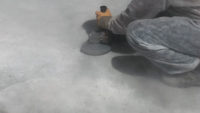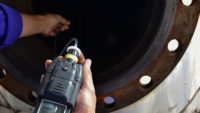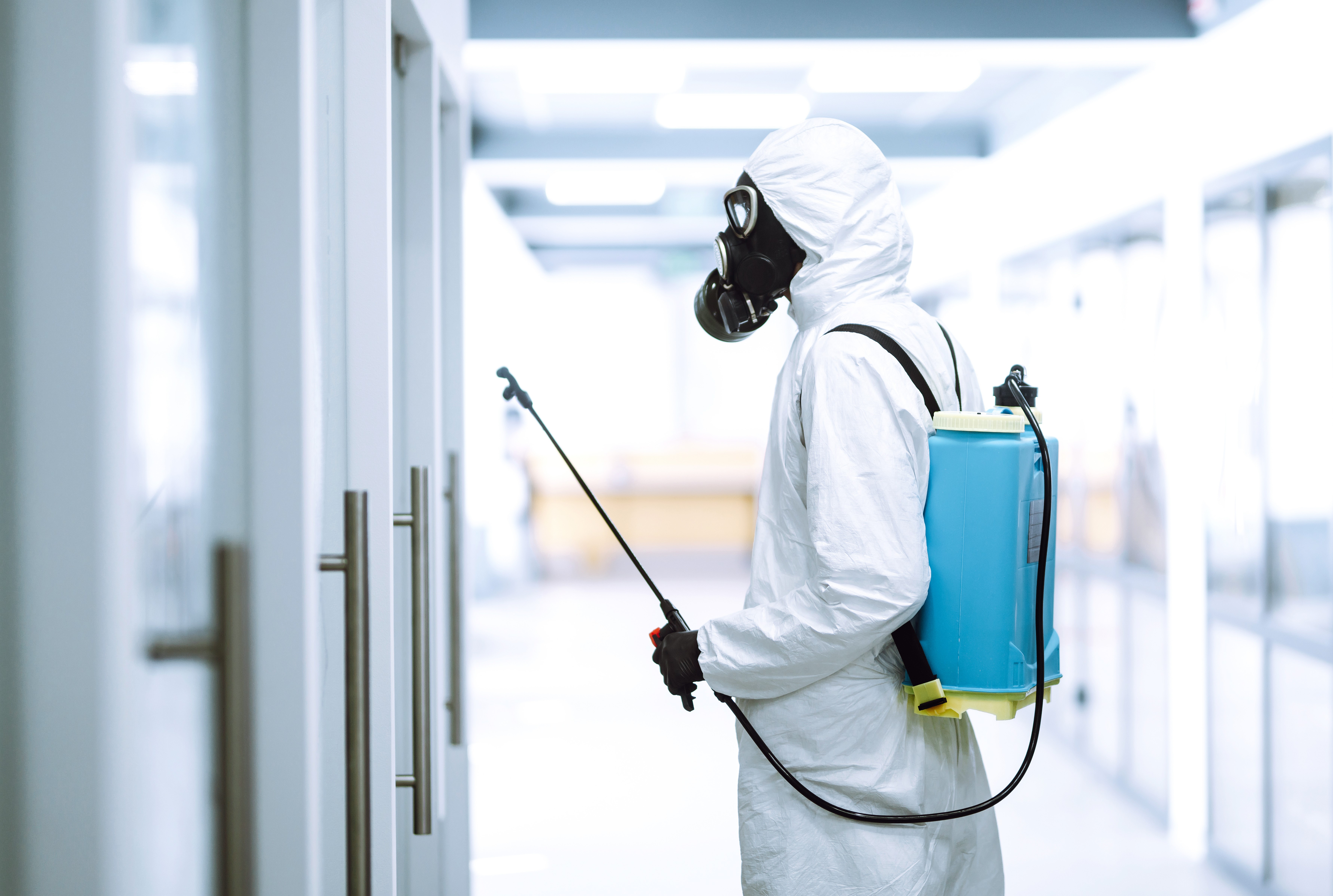Grinding, cutting, and sanding natural materials like stone, brick, and concrete is an essential part of the construction industry. But these activities can also lead to the spread of silica dust, which are tiny particles that permeate the air. When workers breathe in these particles, it can lead to a range of long-term health effects, including lung cancer, chronic obstructive pulmonary disease (COPD), and kidney disease, all of which can be fatal.
Occupational Safety and Health Administration (OSHA) ruling 29 CFR 1926.1153 outlines the agency’s requirements for working with silica in the construction industry.
When working indoors, the company should first measure the amount of silica in the air in and around the worksite to see if they comply with the regulations. Testing is required if the amount of silica is believed to be at or above 25 μg/m3 (micrograms of silica per cubic meter of air), averaged over an 8-hour day. The permissible exposure limit for this hazard is 50 μg/m3, averaged over an 8-hour day. Any worksite at or above this threshold must have precautions in place to prevent or limit exposure. If it is too expensive or difficult for the company to measure the amount of silica in the area, it should err on the side of caution and implement the necessary changes to comply with the law.
Employers should first try to reduce the amount of particulate matter in the air by working outdoors or in a well-ventilated area if possible. Adding liquid to the natural material during the cutting, grinding, or sanding process prevents these particles from escaping into the air by clumping them together on the floor or table. This also makes it easy for workers to clean their stations at the end of the shift by keeping the mess contained. Using equipment with a built-in water delivery system or using a vacuum system to suck up the dust before it escapes into the air are also possible options on limiting the amount of particles in the air.
Anyone operating this equipment indoors should wear a dust mask or respirator over their nose and mouth to avoid breathing in the particles — even with a silica collection system in place. A dust mask or respirator is not required when using this equipment outdoors unless they are working continuously for four hours or more. OSHA recommends using a half or full-face respirator with a particulate filter with an N95 rating or higher.
The company should also do its best to maintain a clean workspace by regularly removing dust from various surfaces. Workers should wear a respirator when performing this task and avoid using compressed air without proper ventilation.
Every company that deals with silica dust should have a point person in charge of developing and implementing a safety plan. Workers at risk of breathing in these particles should be trained to protect themselves from exposure and regularly test themselves for illness and disease.



